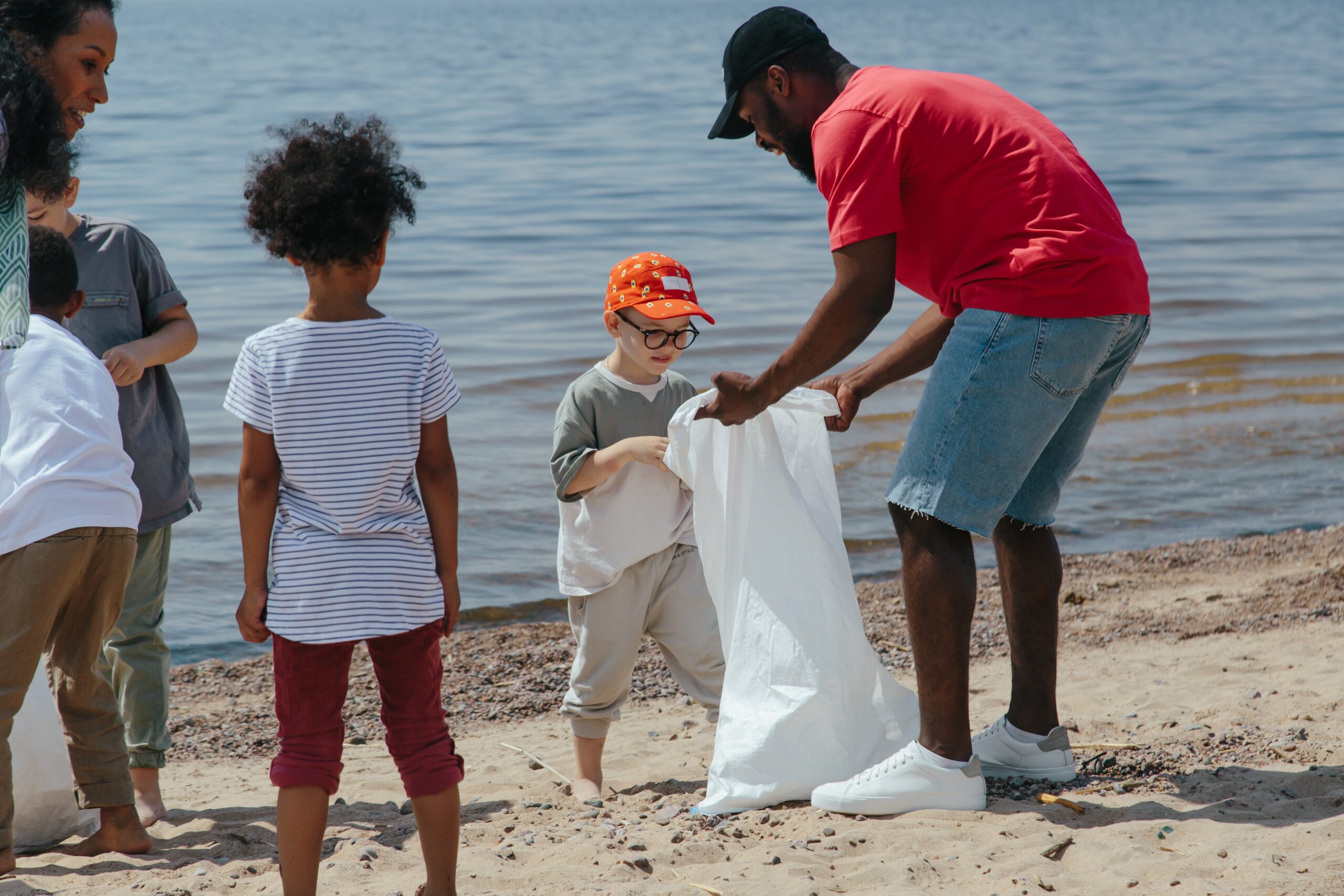
What Students Say Will Motivate Them the Most
By Tim Elmore
I once taught a classroom of students with a wide variety of personalities. Some were loud; others were quiet. There were some who were completely engaged, even excited to be there. Then, there were a few who every teacher dreads having in their classroom.
I was leading these high schoolers on a project that involved a field trip and a debriefing time. It was quite intriguing. How some could remain so unmotivated was beyond me. I don’t think a stick of dynamite could move them. No doubt, adolescence is a stage of life where this kind of disengagement is common. Many just can’t get inspired by an adult.
When grades were given, the disengaged students did as I expected… They didn’t engage, nor could they articulate what they’d learned or how the experience impacted them. What’s more, they didn’t seem to care. Their grade meant little to them.
Motivating an apathetic student can be emotionally expensive.
What the Research Tells Us
If you were to ask me what’s most motivating for students in a classroom, I would have guessed a passionate and motivated teacher. While that’s important, it’s not what students said was most motivating according to a nationwide survey conducted with 1,011 students ages 13-19. Out of 20 options, the number one response was:
A second chance.
Yep. “Give me another opportunity to try.” This is among the findings of surveys of teenagers and educators conducted by the EdWeek Research Center on student motivation and engagement. Reflect on what it reveals to us from a behavioral science perspective. First, kids are saying they get motivated when assignments are returned with feedback on how to improve, and, second, we actually give them a chance to perform better. The feedback clarifies what the teacher was looking for, and the opportunity to redo the project communicates belief in them—that we have faith they can do better.
Benny’s teacher, Suzy, begged her principal for more time to help him get through her course. Benny needed help with his focus. He was a classic profile of a troubled child, growing up in a broken home, which gave him poor odds of succeeding at school. But she wanted to show Benny the power of a second chance with a teacher who believed in him.
Suzy’s principal reluctantly agreed to give her (and Benny) a few more months as part of an experiment. Within a month, Benny stopped bringing drugs to school and began to buckle down and redo his assignments. Suzy saw progress. Unfortunately, when she had to leave town later that semester to resolve a family issue, she questioned if she’d made the right decision. Suzy heard that Benny had been expelled from school for a lapse in behavior. Ugh. Maybe that “second chance” stuff wasn’t such a good idea after all.
The following year, Suzy was shopping downtown and spotted Benny with what appeared to be a group of at-risk teens who had tattoos and piercings, spiked hair, baggy pants, chains, and tank tops. They were laughing noisily, seemingly without a care in the world. Suzy’s heart sank as her fears seemed realized. Benny was hanging around kids who appeared less mature than he was. Suddenly, Benny spotted her, but instead of ignoring her, he trotted over to his former teacher. “Ms. Suzy,” he said. “I was just talking about you.”
“You were?”
It turns out Suzy’s worst fears were not realized after all. Benny had returned to school and graduated, then signed up to help younger kids like him stay engaged at school and finish as well. Benny told Suzy it was her belief in him, which played out in a second chance, that sparked a different narrative inside of him. Consider second chance programs in incarceration facilities. Prison education programs and the Second Chance Pell program increase access to higher education. They’ve concluded when we don’t give students a second chance, those students can develop a self-narrative that they don’t deserve better, that they are losers; and they become more likely to commit crimes and derail. Bottom line? A teacher, coach, parent, or administrator plays a role in the sense of identity our students cultivate.
When I was in college, a story circulated around the campus about a student named Mark. I’ll never forget how it moved me. Mark was a troublemaker on campus, always finding new ways to break the rules and the student behavior code. He was disciplined several times, and even suspended, but to no avail. He was a rebel. Finally, Mark was called to President Roberts’ office, where he met with him, the dean, and the provost. They planned to expel him. It was at that point the gravity of his conduct hit Mark. He pleaded to stay in school, citing how his parents would never forgive him for an expulsion.
The discussion continued for an hour until President Roberts made an executive decision. He told Mark that if he continued to attend class and make good grades without another incident, he could stay and earn his degree. Mark was elated. Then, the dean reminded President Roberts that the policy handbook required a fine to be paid in such cases. President Roberts looked Mark sternly in the eye and told him he must pay $20 by the end of the day. (This took place fifty years ago.)
The fine was more than fair, but as Mark left the office, he recalled he didn’t have a dime to his name, and he’d lost his friends. He wandered the campus, musing how he could find the money. It was then that he heard the footsteps of someone behind him, coming closer and closer. They were deliberate. Mark stepped to one side to let this person pass. Suddenly, an arm reached over Mark’s shoulder, stuffed something into his pocket, and kept walking, never turning back. Mark looked inside his pocket and there was his answer: a $20 bill. When he looked up to see who had jammed it into his pocket, he recognized it was President Roberts.
I simply remind you today of the power of second chances. Poor performing students often face struggles and desperately need a new narrative that comes from a second chance.






